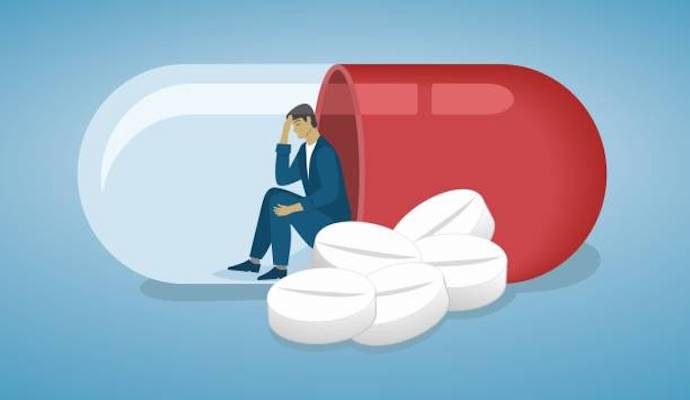FDA Issues Guidance on Drug Development for Stimulant Use Disorders
Once finalized, the draft guidance will provide recommendations for clinical trial design and drug development protocols to manage stimulant use disorders.

Source: Getty Images
- On October 4, 2023, the United States Food and Drug Administration (FDA) released a draft guidance titled Stimulant Use Disorders: Developing Drugs for Treatment. The recommendations suggest protocols for clinical trial designs for developing drugs or therapeutics to address stimulant use disorders, including severe cocaine use disorder, methamphetamine use disorder, and prescription stimulant use disorder.
Currently, there are no FDA-approved treatments for stimulant use disorders; however, stimulants are the second most commonly used illicit drug class. An estimated 1.1 million people had methamphetamine use disorder in 2018.
According to a 2020 FDA public meeting on patient-focused drug development for stimulant use disorder, common symptoms of stimulant user disorder include loss of control, risky use, social impairment, and withdrawal symptoms. More specifically, stimulant use disorder is diagnosed based on the following 11 symptoms:
- Taking more stimulants or taking them for a longer time
- Unsuccessful attempts to control use
- Stimulant cravings
- Spending extra time to obtain, use, or recover from stimulants
- Persistent stimulant use despite physical hazards
- Continued use despite an associated physical or psychological problem
- Stimulant use despite failure to meet social responsibilities
- Continued use despite social or interpersonal problems
- Forgoing social, occupational, or recreational activities due to stimulant use
- Stimulant tolerance
- Stimulant withdrawal
Having 2 or 3 symptoms indicates mild stimulant use disorder, 4 or 5 indicates moderate severity, and 6–11 shows severe stimulant use disorder.
Without available medications, the default treatment for stimulant use disorder is behavioral treatment, including motivational enhancement therapy, contingency management, cognitive behavioral therapy (CBT), 12-step programs and peer support groups, individual and family therapy, or a matrix model.
“Currently, there is no FDA-approved medication for stimulant use disorder. When finalized, we hope that the guidance will support the development of novel therapies that are critically needed to address treatment gaps," said Marta Sokolowska, PhD, deputy center director for Substance Use and Behavioral Health in FDA’s Center for Drug Evaluation and Research, in the FDA press release. “The guidance is one of the actions within the agency’s Overdose Prevention Framework, which includes appropriate prescribing of prescription stimulants as well as development of evidence-based treatments for stimulant use disorder.”
